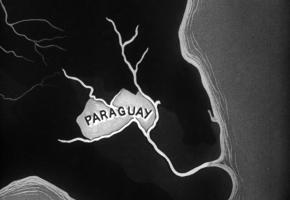Félix Bruzzone with biologist José Luis Gómez
'Camouflage' was written and directed by Jonathan Perel on an original idea by writer/actor Félix Bruzzone, taken from his novel CAMPO DE MAYO (Random House 2019). Jonathan (Jony) Perel has directed a number of films based on this difficult period in Argentine history, investigating how governments and big business were in bed together during that time and examining what went on, not only in the Campo de Mayo but also at ESMA ( the Navy School of Mechanics) and other illegal centres that were equally notorious.
Jonathan Perel: -
“I have always tried to make movies that are different from the more conventional documentaries on the subject.”
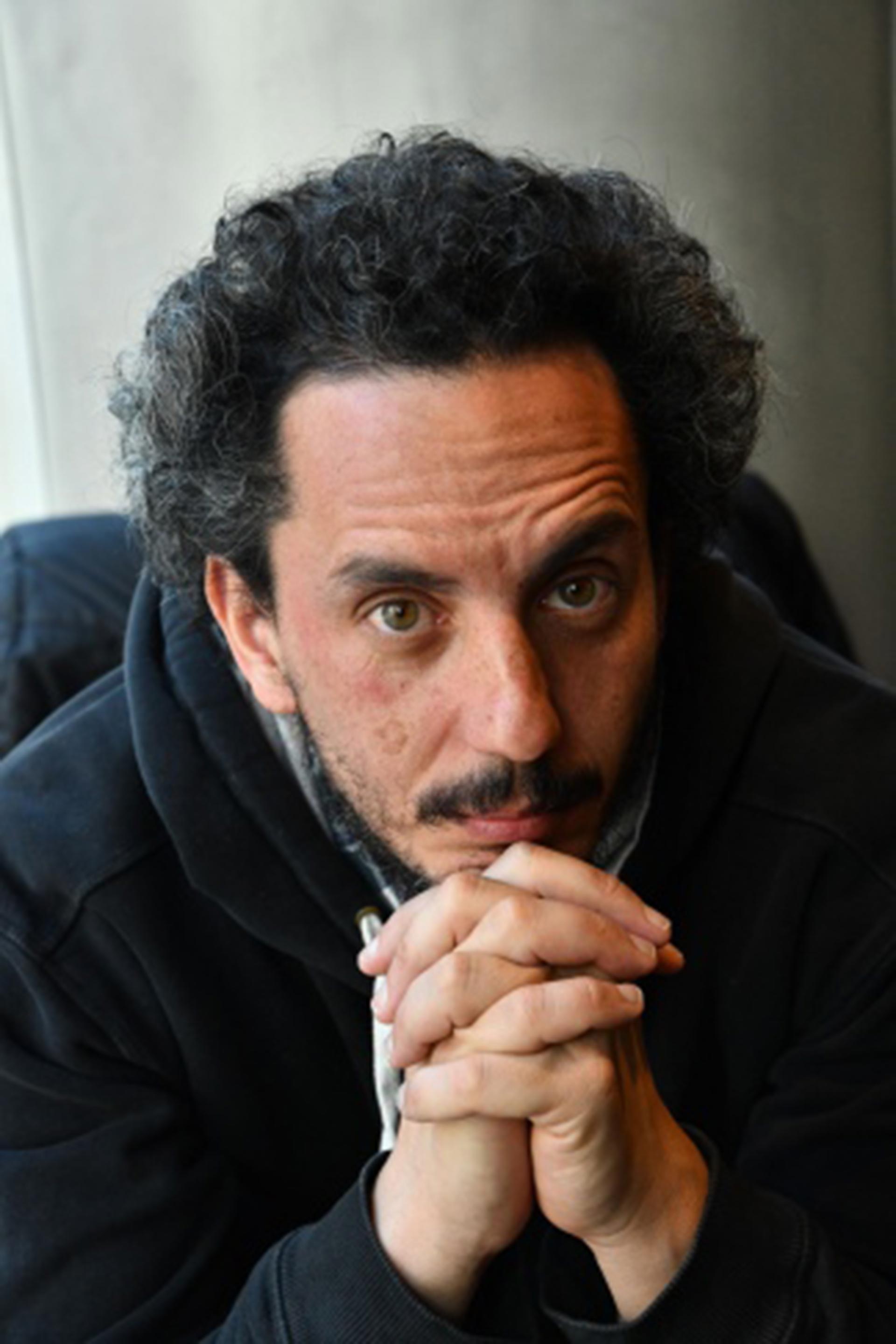
Félix Bruzzone
It was Félix who first approached Perel about making his book into a film some time ago: -
“We knew each other and had a mutual respect for each other’s’ work. I had previously wanted to make a film based on a very short story from Bruzzone’s first published book. Some while later he approached me with this idea that he had not yet published. It was an untidy document of papers called ‘Campo de Mayo’. Was I interested? Yes, I was, but, I insisted, I would only make it if he played the protagonist jogger himself. The film was then put on a back burner for a while. We took it up again when, having bought a house close to 'Campo de Mayo', Félix was searching for an old people’s home for his grandmother. The nearest one was within the Campo de Mayo grounds. It was pleasant and at a good price, so she was moved in, but died shortly after.”
When Félix Bruzzone bought his house in the area, he still had no idea that his mother had been interned at the illegal detention centre within the grounds of the 'Campo de Mayo' which was only a few blocks away. His family had always had links to the area and his aunt still lived there. Playing the lead in the documentary was therefore cathartic for him. He had to work through his grief and seek answers, even if closure remained elusive. As he performed in the film, the whole significance altered for him: -
“In Bruzzone’s (fictional) book, the jogger ‘Fleje’ often goes into the grounds [of the Campo de Mayo] then, in making the film, it became necessary to do so for real. It turned out to be transformative. Félix ends up being the character that he had written about in his own book.”
So, it was relevant that Perel chose a more oblique way of facing the issues: -
“The film is like a poem in the sense that it is not a movie that dwells on meticulous detail. It unfolds gradually, using symbolism to find ways, if one can, to overcome the grief. It is not direct like a history book.
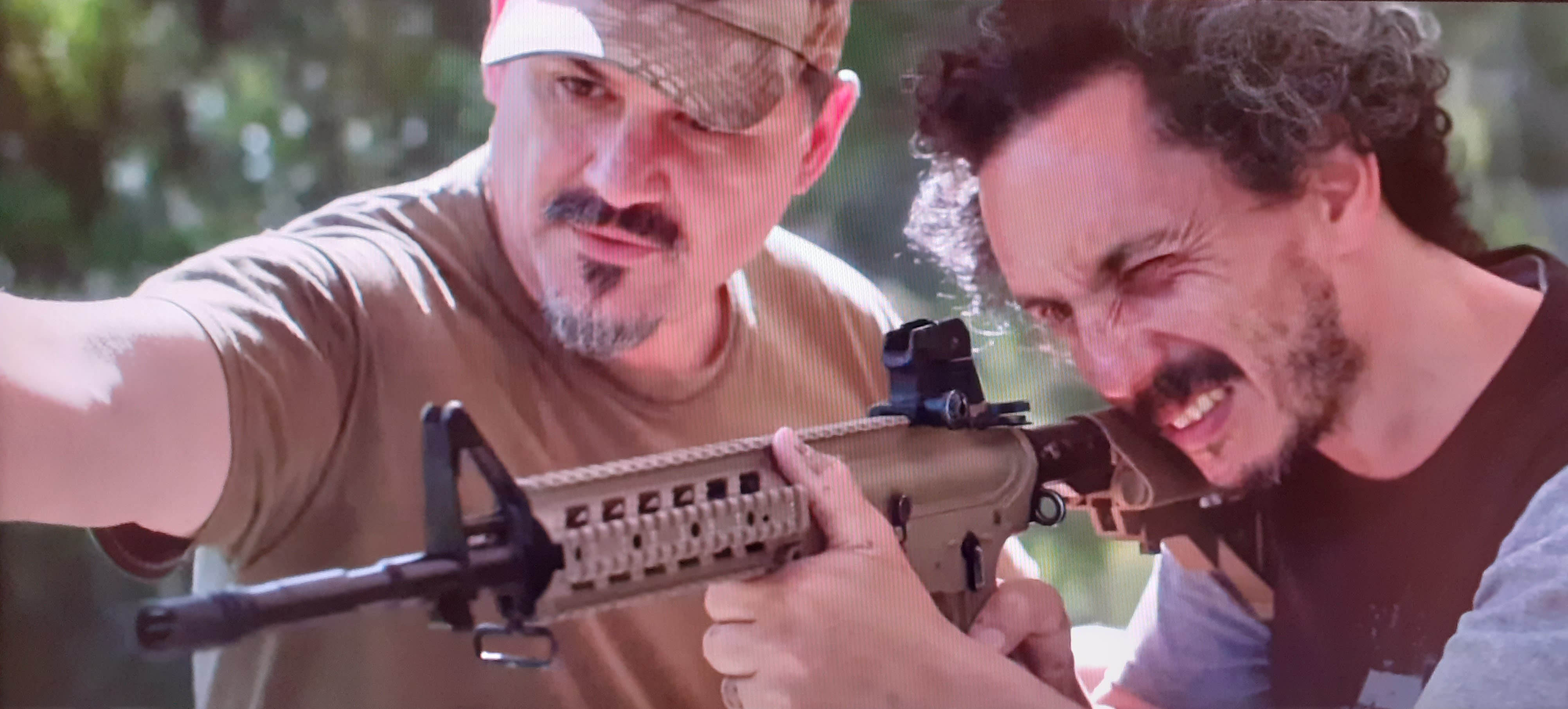
Félix Bruzzone and soldier in Campo de Mayo
This gentler way of telling the stories emphasizes their emotive quality. Produced by Pablo Chernov (La Dosis, 2020), this original format, with a jogger linking the various parts of the story works well and creates tension and intrigue. In Bruzzone’s book, the jogger, ‘Fleje’, thinks that the best way to survive is to always keep moving. It begs the question what is he running to, or from?
Perel picked up on this: -
“A road movie? Well, I was always clear that the film needed a lot of movement. In my previous films, the camera hardly moved, but here, it hardly stops! I was also particularly interested that the physical effort that Félix was making should be felt by the audience. The running takes are long, not ones where he might stop after 5 seconds. NO. They last three or even four minutes, so we are aware of the effort he makes. Logistically and physically it was hard for Félix. The takes where he runs on the railway sleepers were shot at least 4 times, and he was really willing to do it again, every time we asked and yet, the Voice-Off at the start of the film, we were only able to we record once. We never succeeded in getting him to do it again. There are limits!”

Félix Bruzzone jogs
As he runs, Félix, haunted by the events of the Dirty War, follows the perimeter of the Campo de Mayo, finding himself obliged to run along the railway tracks that border it, jumping from sleeper to sleeper. He takes every opportunity to explore the grounds and interacts with people whose lives have affected, in one way or another by living close to this vast camp, or even with some who have found ways to benefit from it. For example, one girl (played by Margarita Molfino) breaks in to the Campo de Mayo to collect soil samples to sell, carefully packaged, to tourists, as in Berlin they sell fragments of the wall.
The ‘Campito’ was the term given to the clandestine detention centre that was built deep inside this vast area. Using a virtual video kit which he dons, Félix is able to visualizes the clandestine huts and explore the layout of the torture rooms and sleeping accommodation, barely more than mats on a cement floor.
“Those 3D reconstructions are common in Argentina and are used for court cases. There were many clandestine torture and detention centres and these 3D reconstructions have been used to illustrate and clarify the testimonies of the survivors and [helped compile the evidence] for those who died there.”
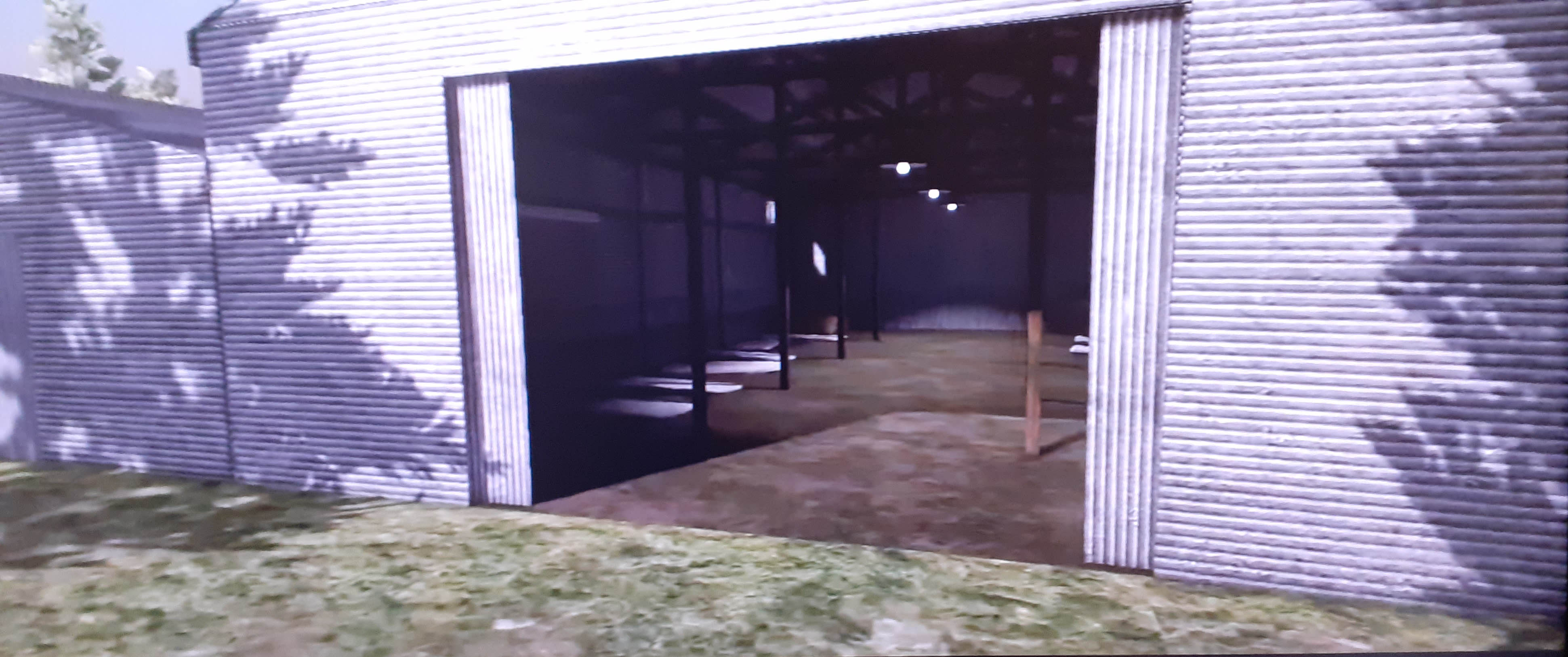
3D image of the El Campito Detention centre-
As Félix chats with the various people he meets, he gradually reveals his own personal links to the place. How he was brought up by his grandmother and had only very recently discovered, that El Campito was the actual internment camp where his mother had been tortured and murdered by the authorities under the so-called Process of National Reorganization. El Campito was one of the most feared detention centres where the worst abuses took place in the Dirty War. There were tortures, sexual abuse, summary executions and all manner of dehumanizing activities, where racism and homophobia were part and parcel of the everyday life there. Few returned alive and many, who were not buried there, ended up thrown out of planes in the ‘death flights’ over the River plate. It is calculated that 4000 people lost their lives there.
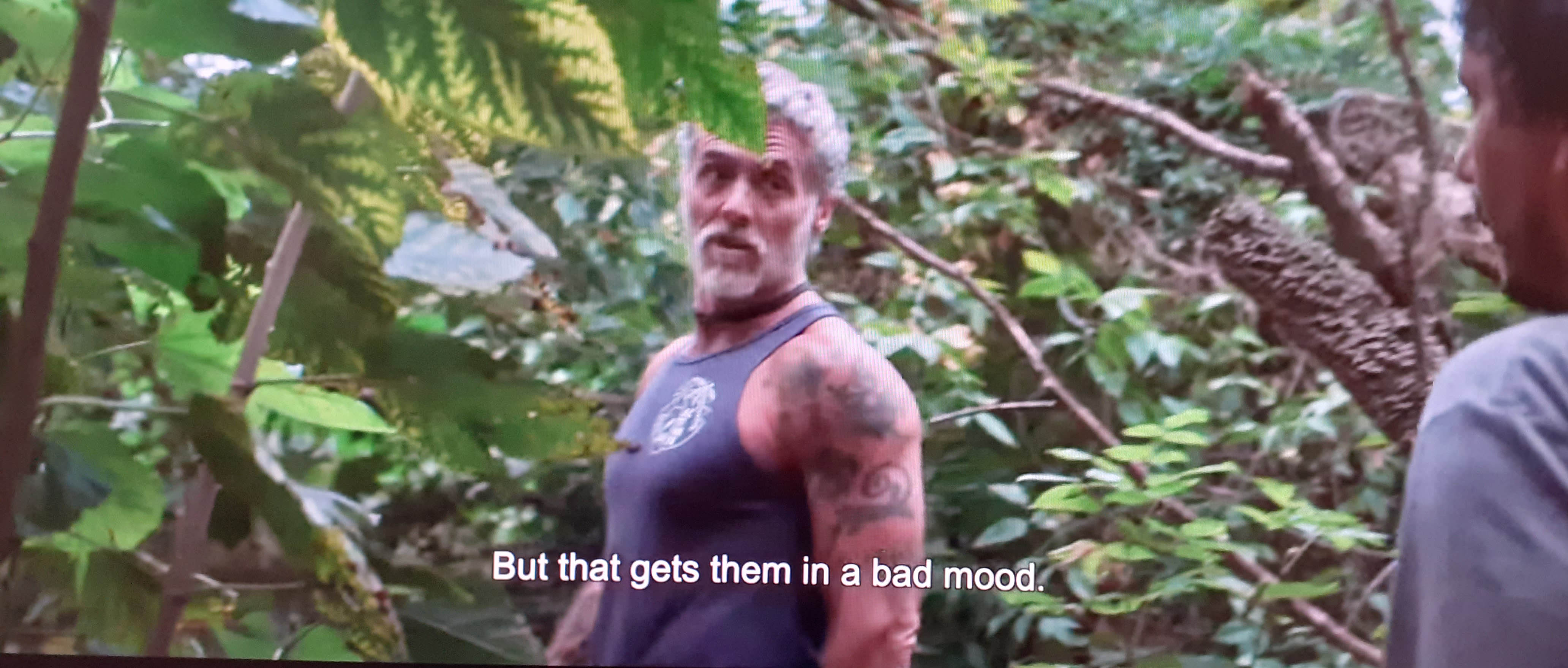
One aged militant lady describes her own harrowing experiences, having lost a husband and a son there. She suffered torture herself and reiterates that she considers that Campo de Mayo to be a den of thieves full of delinquents. There is little respect to be found for the Military in this country, even after all these years.
Campo de Mayo lies in the Municipality of San Miguel and covers about twelve -and- a- half- thousand acres in all. It is home to The Command of Military Institutes, including The School of Intelligence, The Cavalry, The Engineers Academy, The Communications Academy, The Artillery School, as well as a military hospital and prison. Within those vast boundaries, there is a military airfield, a shooting range and combat training areas. It is not hard to imagine how this became, as the lady describes, an ideal place where military rebels and mutinous deputies could gather. In the 1930s, it was there that they planned a coup d’état against the then constitutional President Hipólito Yrigoyen. Later, in 1962, another constitutionally elected President, Arturo Frondizi, was also overthrown by a military coup dreamed up within those grounds. The resulting divisions ended up with two factions, the Azules (the Blues) and the Colorados (the Reds), who, each wanting to get the upper hand ended up trying to kill each other inside and outside of Campo de Mayo.
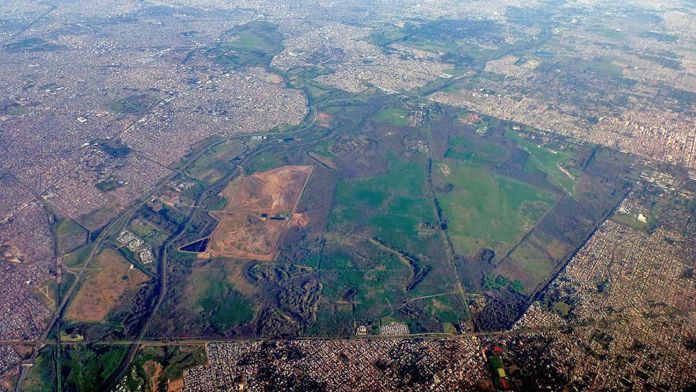
Campo de Mayo aerial view
So, the place has developed quite a tradition! It continued in 1973, when the military firepower of the Campo de Mayo backed Juan Carlos Onganía and his military junta, who became de facto presidents and dictators leading to the Dirty War later in the same decade.
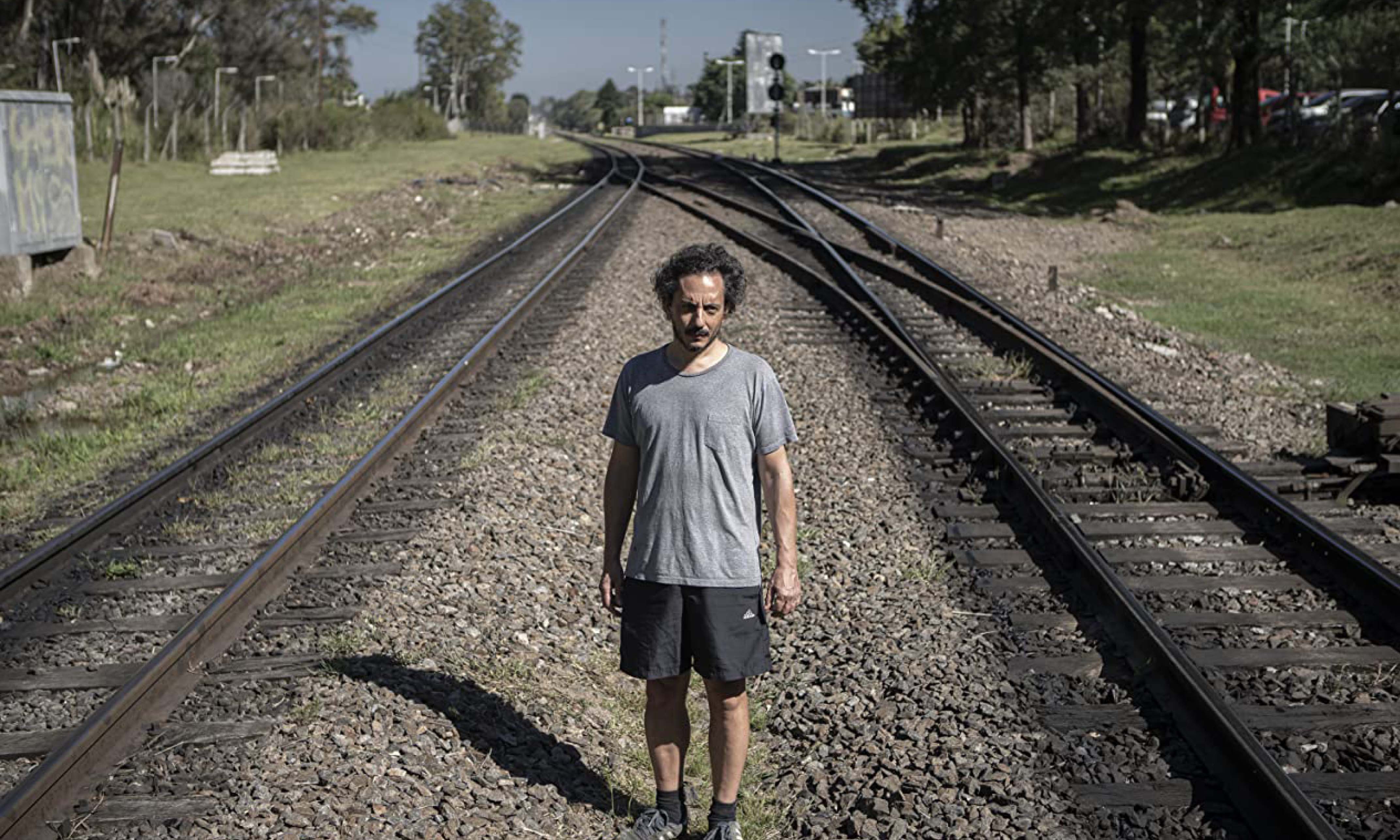
Félix Bruzzone was eight years old when he discovered that both his parents were among the ‘disappeared’. At barely three months of age, he was lucky to have avoided being abducted with his parents, as he happened to be spending that day with his grandmother, who then brought him up. He has been searching for answers in one way or another ever since. He has even made the effort to speak to actual oppressors, including one who knew his father. Although they profess to lament their atrocities, they still try to justify their actions, unable to assume the weight of their guilt. As a result, Félix has written a number of other books, including short stories, Los Topos (2008) and Barrefondo (2010). The majority reflect the long shadows cast by the Dirty War as he searches for a way to continue to communicate what those years meant to him and the population of the country. He has also worked with Lola Arias, touching on issues that relate to the Falklands War.

Jony Perel
All these emotions seep through in this movie. Fragment by fragment like in the peeling of an onion, things are revealed as he chats with the people he meets in his way. There is an environmentalist who wants to turn parts of the Campo de Mayo into a nature reserve, a biologist / palaeontologist who wants to search for ancient beasts and dinosaur bones, and an ageing militant lady who fights to keep the memory of those who died alive: ‘lest we forget’, and who has succeeded in having a large poster erected with information about the infamous detention centre El Campito for all to see.
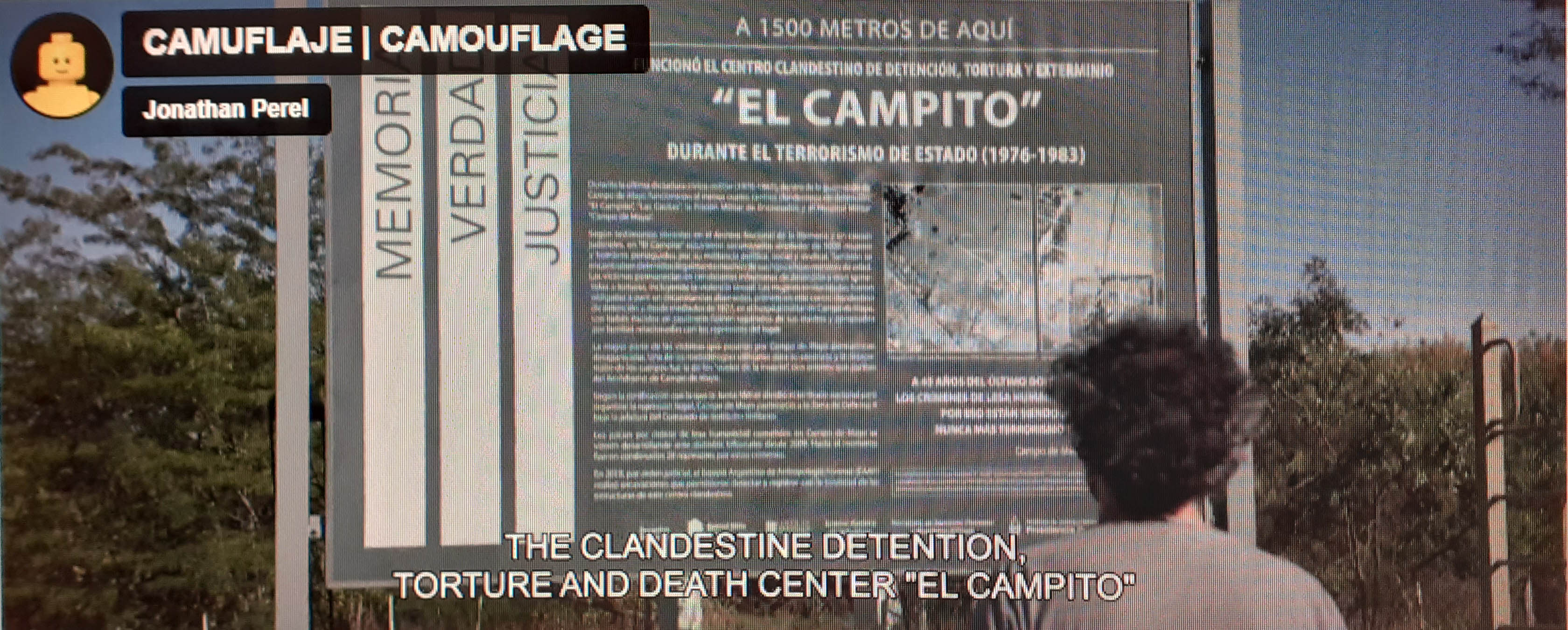
Poster - El Campito
All but one of the participants in the movie are real people telling their own personal stories. Finding them was an adventure of its own.
“It involved a lot of field work, largely carried out by Félix as he lived in the area. We had a long selection process. We would travel down every week for years getting to know people. We saw many more than those who appear in the movie. I was profoundly interested in getting to know their stories. I didn’t want to make a documentary where the interviewee accidentally reveals something he really didn’t want to say. I don’t believe in that. I wanted them to feel at east. I knew their stories, I just wanted them to repeat them while chatting to Félix, and although it’s a documentary, we did ask them to repeat things, we cut other bits out and sometimes reminded them of things to say that they had forgotten. They would look at me: - “WHAT? You want me to say it all over again? Yes, I do!” Margarita (Molfino) is the only character who is played by an actor. Most people who have seen the film are convinced she’s also real. She may not be that famous, but is fairly well-known (Wild Tales, 2014). I wanted to play with those limits, so that when you see the scene with Margarita acting, it can make some people doubt the veracity of the other characters. Is the palaeontologist also an actor and what about the Estate Agent? It sows seeds of doubt: what is real and what is not?”
So, echoing the ‘false news’ that was being broadcast everywhere at the time, this is a road movie with a purpose, a fiction so closely tied to reality, with largely real characters who talk about their experiences that it is classified as a documentary, but it also has its own poetic path that turns out to be very moving.
Camouflage (2020)- will be screened on September 11th at the Open City Festival
Writer/ Director: Jonathan Perel
Original idea/ writer: Félix Bruzzone / Production: Pablo Chernov and Jonathan Perel /DOP:Joaquín Neira/ Editor: Pablo Mazzolo (SAE)/ Sound designer:Francisco Pedemonte ( ASA) /Direct sound:Andrés Marks ) ASA) and Sebastién Lipszyc /Head of Production: Santiago Borensztejn/Cast: Félix Bruzzone, Margarita Molfino, Gustavo Guiglielmi, José Luis Gómez, Mariela García, Iris Avellaneda.
BERLINALE (Forum) | CINEMA DU RÉEL (International Competition) | ART OF THE REAL (Lincoln Center New York) | VISIONS DU REÉL | BAFICI (Special Jury Prize) | COURTISANE | INDIELISBOA (Silvestre Competition) | FICUNAM (Atlas Official Selection





